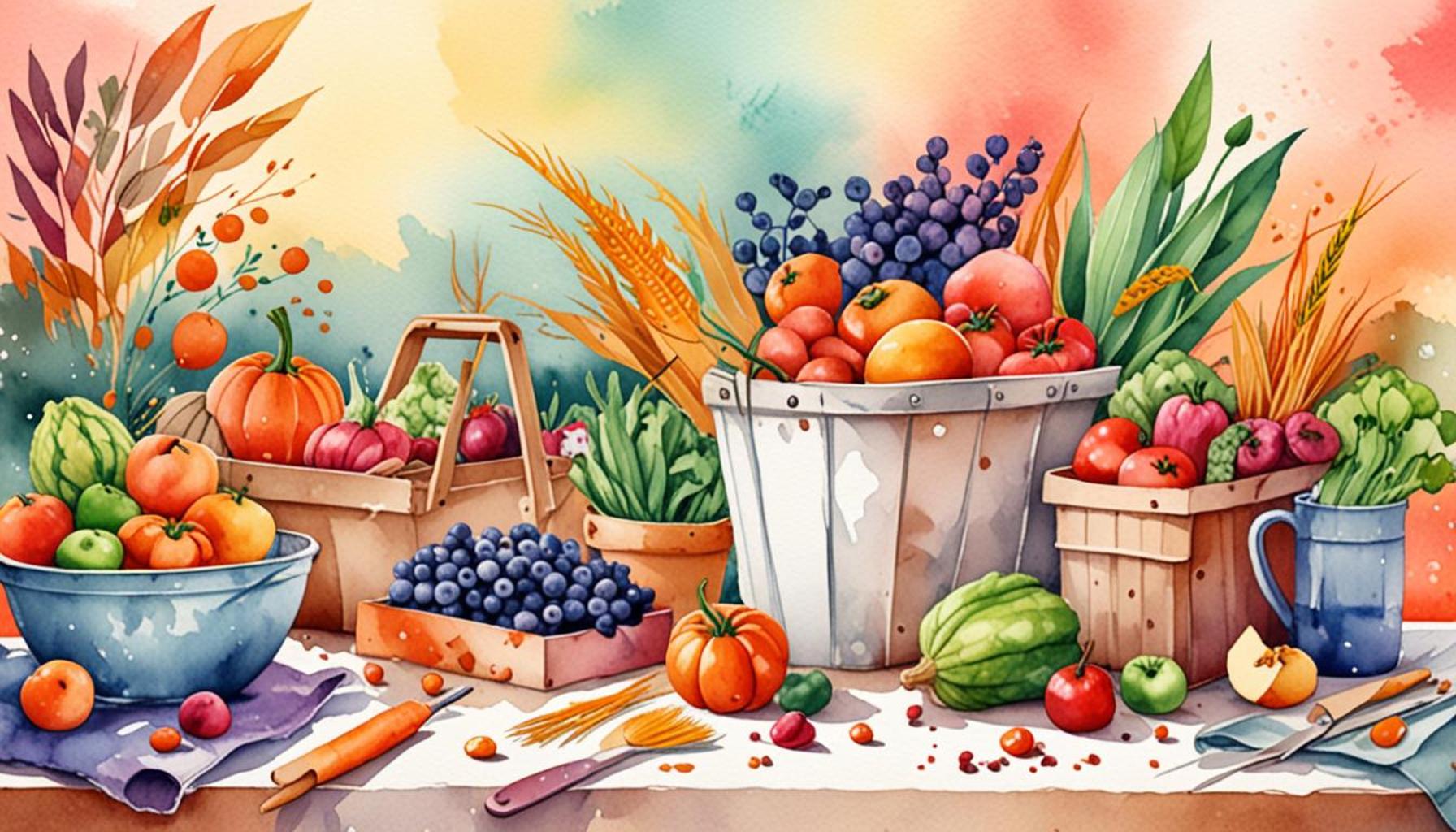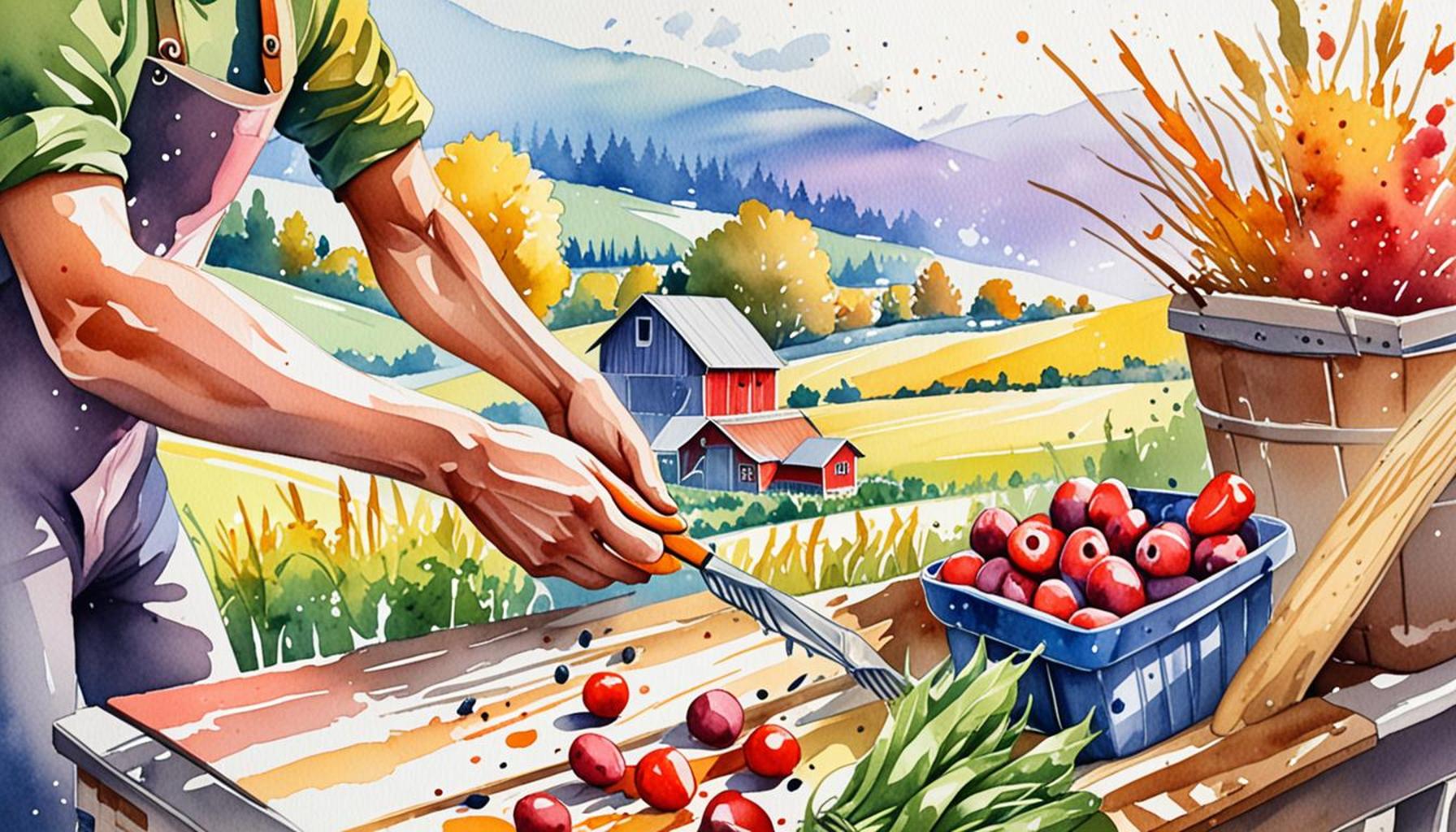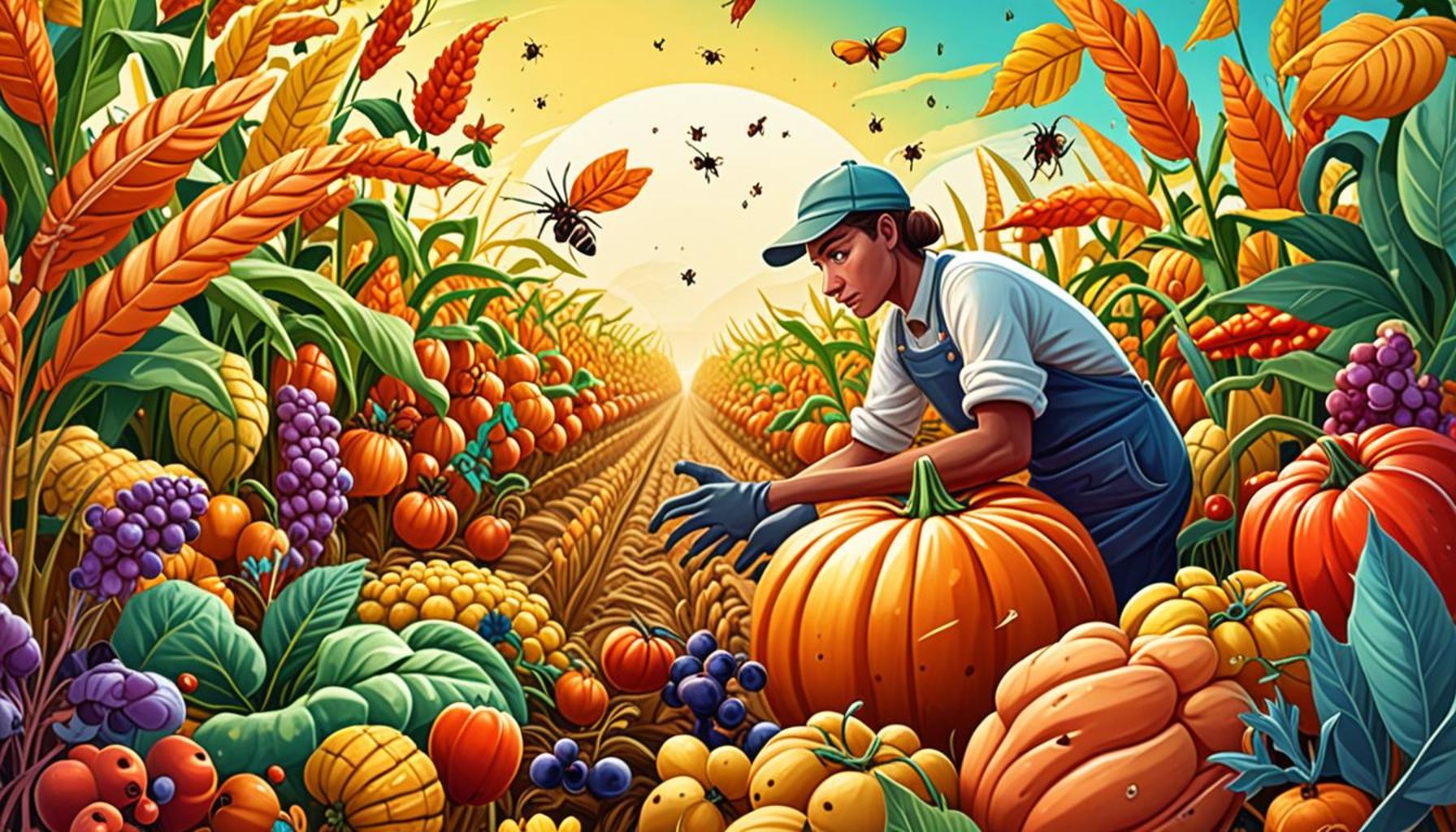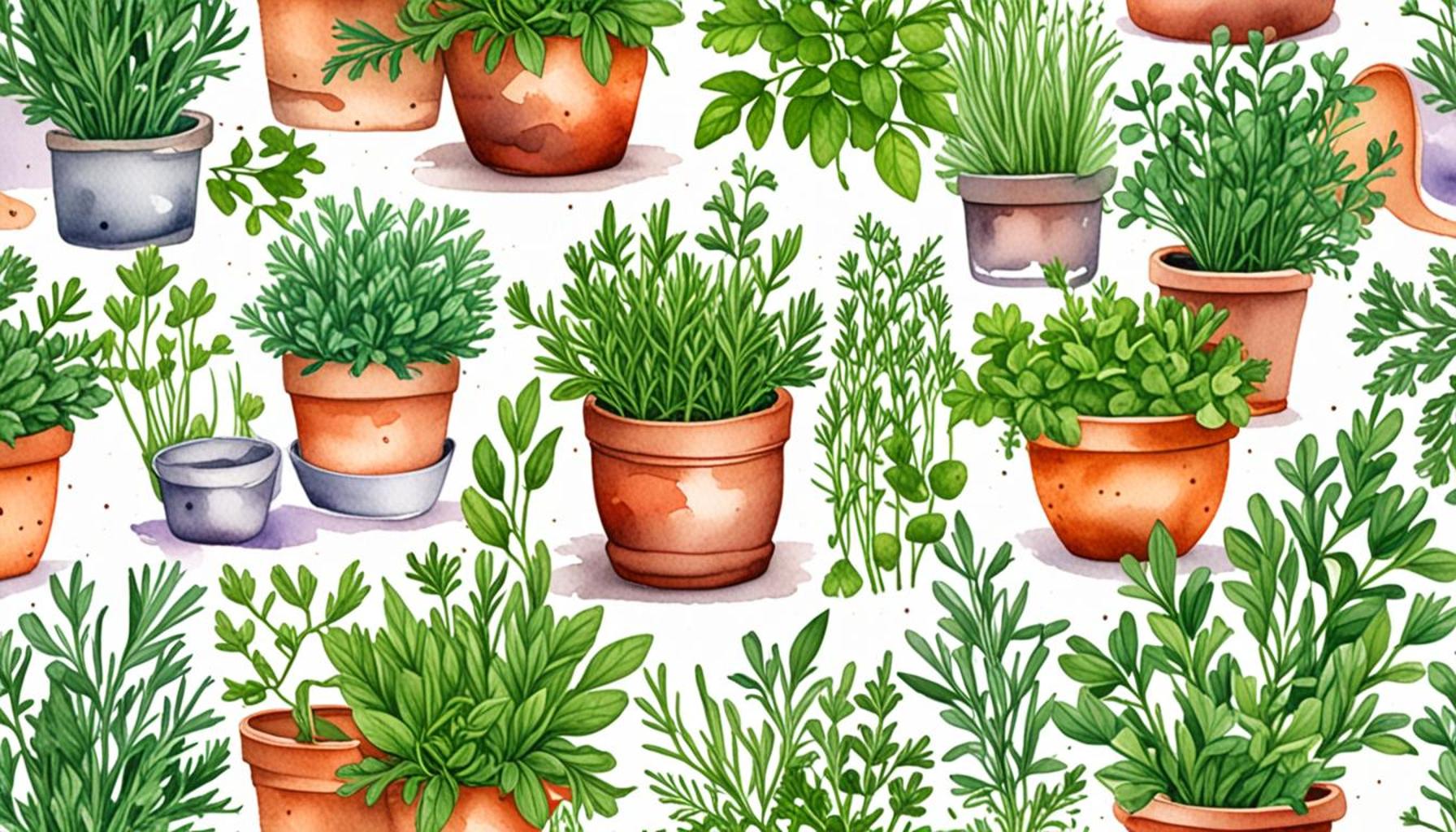How to Organize Your Harvest to Avoid Waste

Understanding the Harvest Process
Harvest time is not just a routine task; it is a pivotal moment that encapsulates the fruits of your labor and the efforts of nurturing plants throughout their growing season. However, this exciting culmination often brings about the critical issue of waste. From backyard gardens to expansive farms, the way we approach and organize our harvest can significantly influence the amount of produce wasted during this time.
In the United States, addressing this issue is particularly vital. With the country being one of the world’s largest food producers, the statistics surrounding food waste are alarming. According to the USDA, nearly 40% of food produced in the U.S. goes uneaten, which not only reflects a loss of resources but also emphasizes the critical need for better harvest management. This waste has dire implications for food security; during a time when millions face hunger, making the most of every farm-fresh vegetable and fruit can help alleviate some of this crisis.
The environmental impact of wasted food cannot be understated either. When food rots in landfills, it generates methane, a greenhouse gas that is 25 times more potent than carbon dioxide in terms of trapping heat in the atmosphere. This adds to the ongoing challenges of climate change, making effective harvesting and management not only an economic necessity but an environmental imperative.
Maximizing Harvest Efficiency
To combat these issues, strategic planning and organization are key. Here are several essential techniques to help streamline the harvesting process:
- Plan Ahead: Before the actual harvest, it’s crucial to establish clear goals. Determine which crops are ripe and prioritize harvesting those that are most vulnerable to spoilage. For example, tomatoes should be harvested at their peak ripeness to ensure they don’t sit too long and lose their quality.
- Sort and Store: Once harvested, it’s important to sort produce by type and level of ripeness. This effective categorization can extend the shelf life of your harvest. Apples, for instance, should be stored in a cool, dry place, away from bananas, which produce ethylene gas that can hasten the ripening of other fruits.
- Share and Donate: Consider partnering with local food banks or community organizations. Many farms and community gardens are now participating in programs like “Farm to Food Bank,” which facilitate the donation of excess harvest. This not only helps reduce waste but directly supports those in need.
By implementing these strategies, you not only contribute to reducing waste but also enhance the overall productivity of your harvest. Developing a conscious appreciation for how you manage your yields can make a significant difference. Each step taken towards efficient harvest organization contributes to broader efforts to combat food insecurity, lessen environmental impact, and improve economic outcomes for producers.

In conclusion, as we approach harvest season, let’s delve into these practical methods of managing harvests effectively. Such measures serve not just individuals but also broader communities, ensuring that the fruits of our labor can nourish as many people as possible while honoring the planet we all share.
LEARN MORE: Click here to discover the essentials
Optimal Timing and Techniques for Harvesting
Effective harvest organization begins long before the crops are ready for gathering. Knowing the specific harvest times for each crop can drastically reduce the chances of waste. For instance, leafy greens like spinach and lettuce are best harvested in the morning when temperatures are cooler, preserving their moisture and crispness. On the other hand, root vegetables, including carrots and potatoes, should ideally be harvested after a rain, as the damp soil makes it easier to unearth them without bruising.
Timing is not solely about choosing the right moment; it also involves understanding the optimal conditions for transportation and storage. Once your produce is picked, it’s essential to handle it with care. This includes using appropriate containers that minimize bruising and damage. Plastic crates with ventilation holes can prevent condensation buildup, keeping your harvest fresh as you transfer it from the field to your storage area. Applying these best practices can significantly reduce spoilage, ensuring that more of what you harvest reaches tables instead of trash bins.
Specialized Harvesting Tools
Utilizing specialized harvesting tools can further streamline the process. Investing in quality equipment tailored for specific crops, such as shears for soft fruits or knives for cutting tougher stems, can minimize damage. Additionally, a harvest basket with dividers can keep fruits separate, mitigating the risk of bruising during transport. Selecting the right tools creates an efficient workflow that facilitates quicker harvesting and reduces the time produce spends exposed to the elements.
Beyond tools, embrace innovation by utilizing technology for planning and tracking your harvest. Mobile apps that track crop maturity can be invaluable assets for farmers leading up to the harvest season. These digital aids can assist in optimizing your schedule and managing labor supply while preventing excess gathering of crops that aren’t yet ready for market.
Implementing a Rotation System
To maximize crop yield and minimize waste, consider a crop rotation system. This method not only improves soil health but also allows you to stagger your harvests. By planting different crops sequentially in the same plot, you can ensure that you have fresh produce available throughout the growing season. This approach reduces the risk of overwhelming supply during peak harvest times, which often leads to waste.
Moreover, practicing rotation enhances biodiversity in your garden or farm, as varied crops can repel pests and diseases. An organized harvest schedule can significantly improve your ability to manage planting and harvesting cycles, leading to less surplus and more satisfied consumers.
As you contemplate the intricacies of harvest management, remember that every proactive step you take reduces waste, not only benefiting your operations but also contributing positively to the environment. In the upcoming sections, we will explore how to further enhance your harvest strategy by delving deeper into efficient storage methods and community involvement.
| Category | Advantages |
|---|---|
| Effective Storage Solutions | Utilizing proper storage techniques protects your harvest from spoilage, ensuring that fruits and vegetables remain fresh for longer periods. |
| Regular Inventory Checks | Conducting routine inspections helps identify items ready for consumption, minimizing losses due to over-ripening or spoilage. |
| Creative Preservation Methods | Embracing techniques such as canning, freezing, and drying allows you to extend the shelf life of your harvest, reducing waste over time. |
| Community Sharing Initiatives | Engaging in local food-sharing programs encourages your community to come together while reducing surplus that would otherwise be wasted. |
Organizing your harvest effectively not only minimizes waste but also promotes sustainability. Implementing effective storage solutions like climate control facilities can drastically extend the longevity of your produce. Routine inventory checks play a crucial role as well, allowing you to keep track of what needs to be used first, thus avoiding the disappointment of tossing out spoiled fruits and vegetables. Furthermore, consider venturing into creative products like jams, pickles, or dried snacks from surplus ingredients. These creative preservation methods not only keep food from going to waste but also open up opportunities for delicious homemade goods. Finally, community sharing initiatives can help in redistributing excess food, turning potential waste into nourishment for neighbors in need. Engaging in these practices is essential for both personal and environmental health, as it fosters a culture of collaboration and resourcefulness.
DISCOVER MORE: Click here to learn about the benefits of organic materials in soil preparation
Efficient Storage Techniques to Preserve Freshness
Once your harvest is securely gathered, the next crucial step is storage. Proper storage techniques are essential to prolong the shelf life of your produce and mitigate waste. The first aspect to consider is the temperature at which your fruits and vegetables are stored. Most crops benefit from cooler temperatures; for instance, root vegetables like carrots and beets do well in a climate of 32°F to 40°F, while leafy greens thrive best in slightly higher conditions at around 34°F to 36°F. A calibrated cold storage unit can enhance the longevity of your harvest by maintaining ideal conditions.
In addition, different crops have varying humidity requirements. High humidity can keep certain fruits, such as berries and leafy greens, fresh for an extended period, while low humidity is better for root vegetables to prevent rot. Utilizing storage bins with built-in humidity controls allows for professional-grade results even in home or small-scale farming situations.
Utilizing Smart Packaging Solutions
Choosing the optimal packaging solutions also plays a pivotal role in reducing waste. Packaging that promotes air circulation, such as mesh bags or perforated plastic, helps extend the freshness of produce while preventing moisture build-up that may lead to spoilage. For bulk items, consider using larger containers with dividers to avoid compression bruising, ensuring that individual pieces of fruit and vegetables have room to breathe.
For short-term storage, refrigeration is commonly effective, but for longer preservation methods, consider canning, freezing, or dehydrating. These methods can extend the life of your harvest months beyond the immediate season. For instance, tomatoes can be canned or frozen, while herbs can be dehydrated for long-term flavor retention. Both can be great ways to keep potential waste from going to waste while offering nutritious options throughout the year.
Engaging the Community and Charitable Options
Another innovative way to organize your harvest effectively is through community engagement. Establishing connections with local food banks, soup kitchens, or farms in need can facilitate the distribution of surplus produce. In the United States, organizations such as Feeding America work to connect growers with hunger relief initiatives, capturing the potential waste before it even occurs. By collaborating with these entities, you can ensure that edible yet surplus food doesn’t go to waste while helping those in need.
Furthermore, educational community events focused on harvest management and preservation tips can empower local residents to reduce waste at home. Workshops that teach individuals how to can or freeze their surplus, for instance, promote community resilience while extending the harvest’s usefulness. This kind of collaboration creates a network of support and knowledge-sharing that can strengthen community bonds and keeps waste to a minimum.
As you implement these strategies, remember that investing time and resources into organizing your harvest pays off, enhancing sustainability and ensuring a bountiful return for the efforts. The further you delve into innovative storage methods and community involvement, the more you contribute to reducing food waste, benefitting yourself and the larger society alike. The journey to an efficient harvest is ongoing, with endless possibilities for discovery and improvement.
DIVE DEEPER: Click here to learn about spray irrigation methods
Conclusion: Embracing Sustainable Harvest Practices
In conclusion, organizing your harvest to avoid waste is not merely a task; it is a vital responsibility that intertwines sustainability, community welfare, and personal satisfaction. By implementing efficient storage techniques, including temperature regulation and humidity control, you are directly impacting the longevity and quality of your produce. Additionally, choosing the right packaging solutions ensures airflow and minimizes spoilage, ultimately keeping your harvest fresh for as long as possible.
Furthermore, engaging with your local community through food banks and educational workshops fosters a sense of collaboration and mutual benefit. Not only do you contribute to the fight against food waste, but you also enrich the lives of those around you, transforming surplus produce into nutritious meals for those in need. This holistic approach not only optimizes your yield but also cultivates a culture of gratitude and awareness surrounding food resources.
As you embark on this journey of organizing your harvest, remember that every action—no matter how small—can make a significant difference. The quest for a waste-free harvest is driven by innovation and community engagement. By continually seeking new methods and sharing knowledge, we can pave the way toward a more sustainable future. Whether you’re a hobbyist gardener or a seasoned farmer, embracing these practices will allow you to enjoy the fruits of your labor while contributing to a better world.


